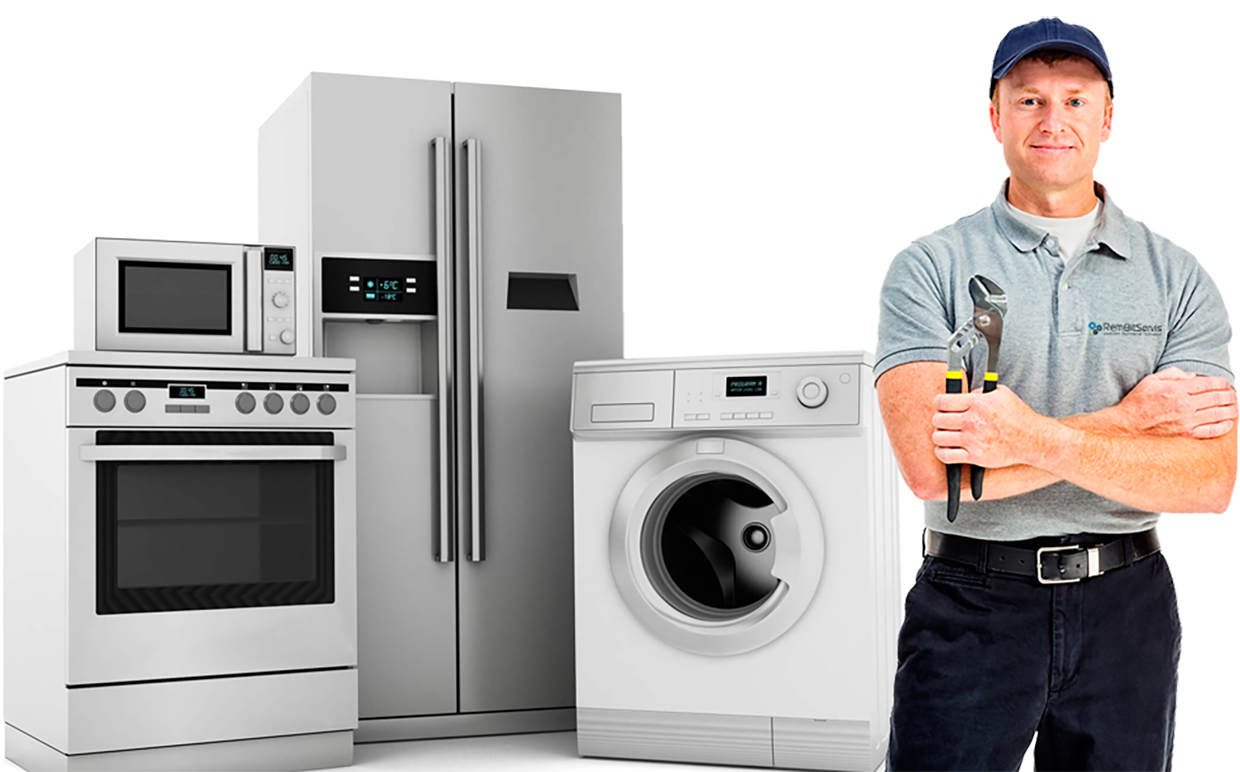A functioning dryer is essential for keeping your home’s laundry routine running smoothly. When problems arise it is important to understand what could be causing them and find practical solutions.
From squealing noises to certain cycles not working, there are many Samsung dryer repair issues that can cause a disruption to your home’s laundry routine.
Broken Drum
One of the most common problems with Samsung dryers is a broken drum. The drum is the part that spins during the cycle, and if it’s broken then your clothes will remain wet. This problem can be caused by a variety of things, including a broken drive belt or faulty motor coupling. If your Samsung dryer starts to make a thumping noise you may need to replace the idler pulley, which keeps tension on the belt and prevents it from slipping off the lever arm shaft. This is a simple do-it-yourself fix, but requires removing the appropriate access panels and replacing the old pulley with a new one.
If you hear a humming noise when the dryer is running it could be due to a bad drive motor or a faulty start switch. Fortunately, both of these can be fixed by an appliance repair technician. A humming sound when the dryer is off, however, usually means that something is jammed inside the blower wheel, which is more complicated to fix and should be left to a professional.
Squealing Noises
When a Samsung dryer makes squealing noises, it’s likely due to a worn belt or booster fan. These are common problems that can be easily fixed with a quick call to a professional technician.
The booster fan helps to speed up the process of drying your clothes by circulating hot air throughout the unit. However, this can cause it to wear down with normal use. When this happens, it will start to make squealing sounds that indicate it needs to be replaced.
The squealing sound can also be caused by a worn drive belt or motor. These are more serious problems and will require a repair technician to diagnose the issue. It’s important to get your Samsung dryer repaired when it starts making squealing noises, as an unrepaired machine can lead to high electricity bills and even safety hazards. By catching these issues early, you can save money and ensure your dryer continues to work properly for years to come.
Won’t Turn On
A Samsung dryer is a great appliance for getting your laundry done quickly. But sometimes, it can be difficult to get your machine to turn on. This can be caused by a variety of issues, including the wrong setting selection, an electrical issue, or a problem with the heat source.
Another common cause of a won’t-turn-on problem is a blown thermal fuse. The thermal fuse is designed to blow when overheating occurs, and if it has blown, it will prevent the dryer from turning on. This can be easily diagnosed by locating the fuse and using a multimeter to test for continuity.
A faulty idler pulley can also prevent your Samsung dryer from starting. This pulley is located on the back of the dryer and helps to keep a certain amount of tension on the belt, preventing it from slippage while operating. If the pulley has become loose, it may start making a squeaking or thumping sound. You can lubricate the pulley or replace it if necessary.
Not Drying Clothes
Samsung dryers make laundry day less of a chore and more bearable, but sometimes these machines can run into issues. Luckily, most of the time, you can troubleshoot these problems and find solutions yourself. From checking for proper airflow and ventilation to cleaning the lint filter and vent, these simple tasks can help your dryer function properly again.
Occasionally, the moisture sensor bar can stop working correctly and leave your clothes damp. This can be a result of dirty or malfunctioning sensors or a simple problem with the dryer settings. To resolve this, clean the moisture sensors using a cloth dampened with soap and perform a vent blockage test regularly to ensure proper airflow.
Another common problem is a burnt-out heating element. This happens over time with regular use and poor maintenance. You can check for this by visual inspection or with a multimeter to see if there’s continuity between the two middle holes of the element.



